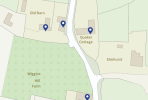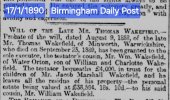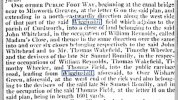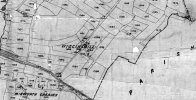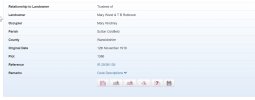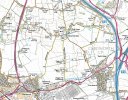pjmburns
master brummie
Viv - I am now confused.Here's a photo of the Old Barn c1909 (left) from Sutton Coldfield Local History Research Group The fformer QuakerMeeting House is on the right. Wonder who the chap on the left is ?
View attachment 193934
Quaker cottage is on the other side of Wiggins Hill Road from the Old Barn
